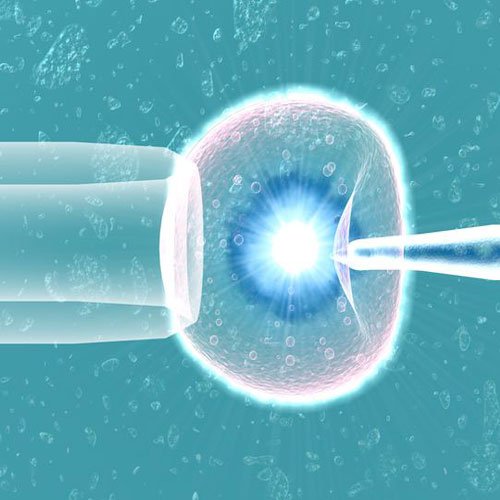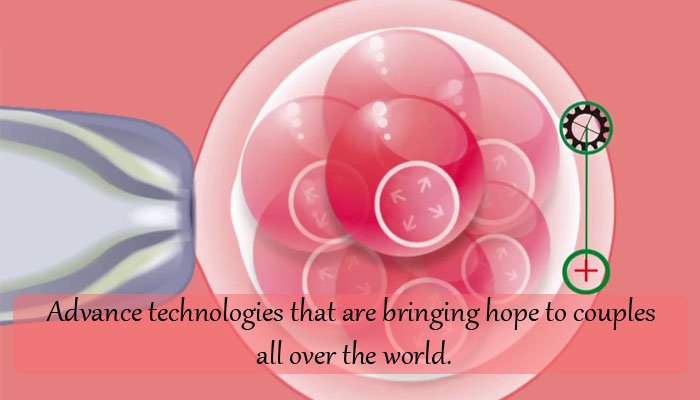Assisted Hatching

Assisted hatching is one of the most advanced medical techniques which is been used in vitro fertilization (IVF) process nowadays. The whole purpose of the same is to assist and improve the overall implantation process of embryos into a woman’s uterine lining whilst creating an opening so as the embryonic cells can hatch out. Moreover, the Pregnancy process cannot go forward until the related embryo hatches.
Right before the embryo implantation, the embryo has to “hatch” via its outer shell (zona pellucida). On the other side, some of the embryos here have a thicker shell that might minimize their ability to hatch and eventually hamper the process of implantation. This could happen due to the age of the woman or any other random reasons
Moreover, the Hatching of the embryo is required in order to let the pregnancy occur. Still as per a medical survey, it’s been reported that up to 75% of normal embryos might never been able to hatch. Laboratory processes like IVF might result in the hardening of the zona, as the embryo is not generally exposed to the enzymes present in the natural surroundings of the fallopian tubes.
It’s also been ascertained in all these studies that freezing and thawing of the embryos might result in the hardening of the zona and this is where the assisted hatching process can come beneficial in the IVF treatment itself.
There is also evidence to suggest that the process of freezing and thawing embryos may cause the zona to harden, and using assisted hatching can be beneficial.
The relevance of Assisted Hatching:
There are a number of factors which may prevent an embryo from developing and hatching in a proper manner. This is where assisted hatching has proved more than helpful prior to the transfer of a frozen-thawed embryo simply because the zona pellucida hardens whilst freezing.
The same zona is usually harder in women that are of older age and that are where we will be performing assisted hatching on specifically during Day 2 or Day 3 embryo transfers. Moreover, we will also be bringing this process in use in case of day 2 or 3 embryos of younger women in case the zona is thick or if the embryo quality is not that good.
On the other side, it is more than difficult and quite harmful to even try to hatch fresh blastocyst-stage embryos. Moreover, if there is a blastocyst-stage embryo in older women as well, it will only be hatched if the zona pellucida is thick enough.
How safe is assisted hatching?
As the outer shell is not a lively part of the embryo, piercing this outer structure creates no threat to the overall process. Moreover, Studies have confirmed that assisted hatching via laser technology is better than the chemically assisted hatching, where the eggs are penetrated whilst using an acidic solution. Laser technology is quite accurate with the precision and can be done in a quick time, hence reducing the time period for which embryos are being handled before the embryo transfer process .The laser also helps the embryologists to avoid any unwanted heat exposure, hence eliminating all the risk attached with the embryo transfer process.

Assisted hatching process
Assisted hatching is generally conducted in the laboratory right before the embryos gets transferred into the woman’s uterus. Whilst using a laser, the embryologist will make a tiny and precise opening at the shell of each of the embryo.
Role of Zona Pellucida:
The fertilized egg is generally been surrounded by a protein coating called Zona Pellucida. This coating continues to surround the egg and the embryo till the time both is ready to be implanted. Moreover, it also breaks out the protein shell right before the implantation.
Assisted hatching:
The hatching is generally concluded whilst growing the embryo on its own, in all the cases where it cannot be done naturally. This is where Assisted hatching is been brought into picture in order to facilitate the overall process of breaking down the protein layer.
Embryo hatching:
The whole process of embryo hatching is been taken care of by the embryologists whilst making a hole in the protein shell with the help of a precise laser technique. The same hole further weakens the cell and forces the cell to lose its shell quite easily at a time when the embryo begins to expand later on.
